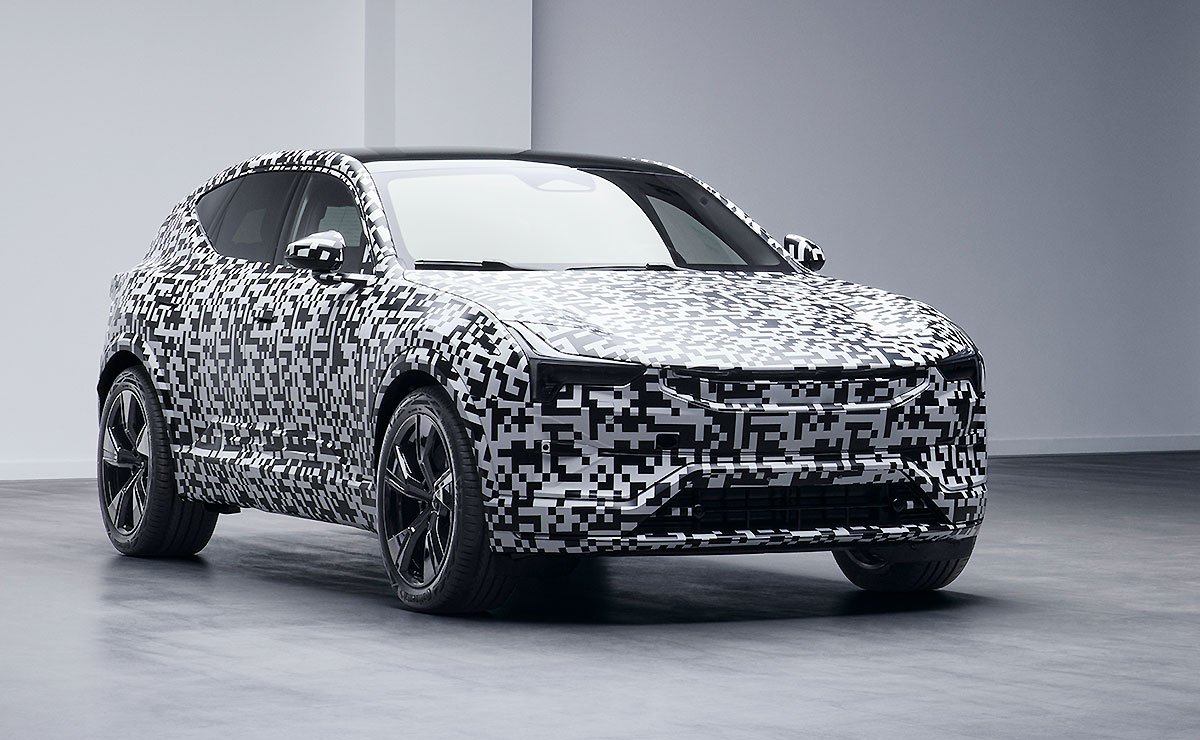<!–*/ */ /*–>*/
| EV startup Polestar eyes rapid growth as SPAC looms |

Polestar on Thursday detailed global expansion plans and released a preview image of its upcoming crossover as it prepares to go public via a merger with a special purpose acquisition company next year.
The Swedish EV maker said it would boost the number of showrooms worldwide, from 86 today to 150 by the end of 2022, as part of its plan to sell 290,000 vehicles annually by 2025. It plans on having 50 showrooms in the U.S. by 2023, up from 25 today.
Polestar released a new teaser image of its much-anticipated Polestar 3 crossover, set to debut in 2022. The company said the Polestar 3 would include lidar sensors, electronics and software that would enable “autonomous highway piloting” to customers “around mid-decade.”
“From here on in, Polestar is all about growth,” CEO Thomas Ingenlath said in a statement.
Polestar plans go public via a SPAC merger in the first half of 2022, a deal valued at $20 billion. It will trade on the Nasdaq.
— John Irwin
What you need to know
Stellantis CEO says EV cost burden is ‘beyond the limits’ for automakers Stellantis CEO Carlos Tavares said external pressure on automakers to accelerate the shift to electric vehicles potentially threatens jobs and vehicle quality as producers struggle to manage the higher costs of building EVs. Governments and investors want car manufacturers to speed up the transition to EVs, but the costs are “beyond the limits” of what the auto industry can sustain, Tavares said at the Reuters Next conference. “What has been decided is to impose on the automotive industry electrification that brings 50 percent additional costs against a conventional vehicle,” he said. “There is no way we can transfer 50 percent of additional costs to the final consumer because most parts of the middle class will not be able to pay.”
Elements of electrification What does battery development look like in the EV era? Where do the raw materials come from, and are they readily available? Finding the right answers is a huge yet crucial step if automakers intend to keep their EV promises. Automotive News explores those issues and more in Part 2 of our special project.
Roundup
Nuro and 7-Eleven are launching autonomous delivery service in California.
VW expects battery, raw material costs to rise to up to $34B.
Geothermal deposits at the Salton Sea may provide much of the lithium necessary to revolutionize the U.S. electric vehicle supply chain.
Nissan is teasing a full-electric pickup.
General Motors said it plans to establish a joint venture with Korea’s Posco Chemical to process cathode material for GM’s proprietary Ultium batteries in North America by 2024.
Amazon Web Services says its new cloud-based data service could help automakers remotely diagnose issues in their vehicles.
Biden’s EV tax credit to determine future product at Stellantis Brampton, Unifor says.
Daimler and Stellantis will make a strategic investment in solid-state battery maker Factorial Energy.
Tritium sees boom in U.S. demand for its fast chargers.
Brain food
Schaeffler’s Matthias Zink envisions steering wheel-free future.
Last mile
Sunday, Dec. 5, marks the 25th anniversary of the first deliveries of the EV1, the groundbreaking electric vehicle from General Motors that helped usher in the modern EV age. In case you missed it, be sure to check out Automotive News’ comprehensive look back at the vehicle: “EV1: A Legacy in a New Light,” a project led by Staff Reporters Pete Bigelow and Hannah Lutz. You can find complete coverage here: https://www.autonews.com/ev1

